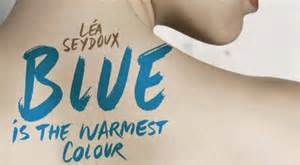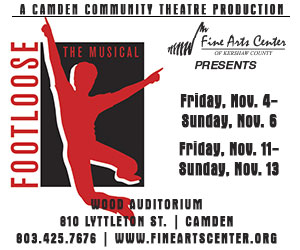A lot has been said and written about Blue Is the Warmest Color (2013), the award-winning French film by director Abdellatif Kechiche and starring Adèle Exarchopoulos and Léa Seydoux. The film has been hailed as a masterpiece in many circles—an unrivaled love story between two women. Others have criticized the film for its extensive (but, for some, oddly clinical) lesbian sex scenes or on the representational problems of the female characters. But criticism aside, within the context of this three-hour film about growing up, growing passions, and growing losses, these intense images of intimacy and embodiment only make sense. Because if Blue Is the Warmest Color is anything, it’s a portrait of intimacy.
Blue Is the Warmest Color draws us into the protagonist Adele’s life in Lille, France, from the first shot, and plunged into her world, we barely come up for air until the end. At the forefront of the film is this almost-claustrophobic closeness to Adele, the teenage protagonist who comes of age and explores her romantic and sexual identities throughout the course of the film. The film gives us the story of La vie d’Adèle (“The Life of Adele,” the original French title of the film), but to do so, it focuses not only on the rising passions between her and Emma, the college-aged art student she falls in love with, but also on the minutiae of Adele’s daily living. The film takes us into the private, the close, and the closed—revealing to us what the world doesn’t see yet all that Adele experiences. We see what happens behind the closed doors of Adele’s life—stolen kisses with a classmate in the school bathroom, disappointing sex with a boyfriend, an almost-wordless family dinner, with only the sounds of eating and the occasional “Would you like some more?” breaking the silence.
These intimate acts are revealed to us first by their mere existence—shots of Adele sleeping peacefully, Adele and her girlfriend Emma engaging in passionate sex. However, we are not simply voyeurs; the frequent closeups and no-holds-barred sound editing bring us into the scenes as if we were a part of them. We are brought so close to these daily acts that they are almost ugly—the sloppy chewing, noisy kissing, red-faced crying. In fact, in one of the first dinner scenes, I felt myself cringing at the slurping of spaghetti, and in almost every scene where someone cried, I was taken aback by the actresses’ running noses (the friend I saw the film with mentioned later her intense desire to wipe Adele’s snot away).
However, perhaps it’s in this “ugliness” of life that the beauty and warmth of the film come in. On one hand, the film is lusciously shot and skillfully edited, with carefully chosen color schemes and shooting techniques and angles that bring a simultaneous beauty and intensity to even the rawest of scenes. On the other, by taking the time to portray those “ugly” and seemingly small moments, Kechiche brings our focus to the “real” moments that are often deemed unimportant to a narrative—but in which most of our living occurs. (Rumor has it that Keciche even had the characters read the script and then forget the lines, encouraging them toward the approximation of “realness” that improvisation allows.)
And perhaps the discomfort I felt are part of what the film so wonderfully accomplishes. From the director’s distinctive choices about what to reveal to the rawness of the actresses’ stunning performances, perhaps the closeness and intimacy become too real and too close—revealing the audience’s own issues with intimacy, the body, and communing with others. Perhaps filmgoers have become so used to the clean and the aestheticized that such rawness is meant to make us uncomfortable—and is meant to make us connect to the characters in a way that is notable in its rarity.
Blue Is the Warmest Color offers a closeup on Adele’s lived experience and the intimacies that many struggle with and work for. We are her shadow, and her, and we are so close to her that the classmates’ laughter around her rings in our ears, that the painful memories of ex-lovers are in our minds, that the women’s growing passions and broken hearts are our own. For those few hours in the theater, La vie d’Adèle became mine, and as she walked away, the camera for once not following after her, I felt her life and story slip away from me, too—an intimacy once shared and now gone. – Alexis Stratton
Blue Is the Warmest Color. Drama. Starring Adele Exarchopoulos and Lea Seydoux. Directed by Abdellatif Kechiche. In French with English subtitles. (NC-17. 179 minutes.)







.jpg)